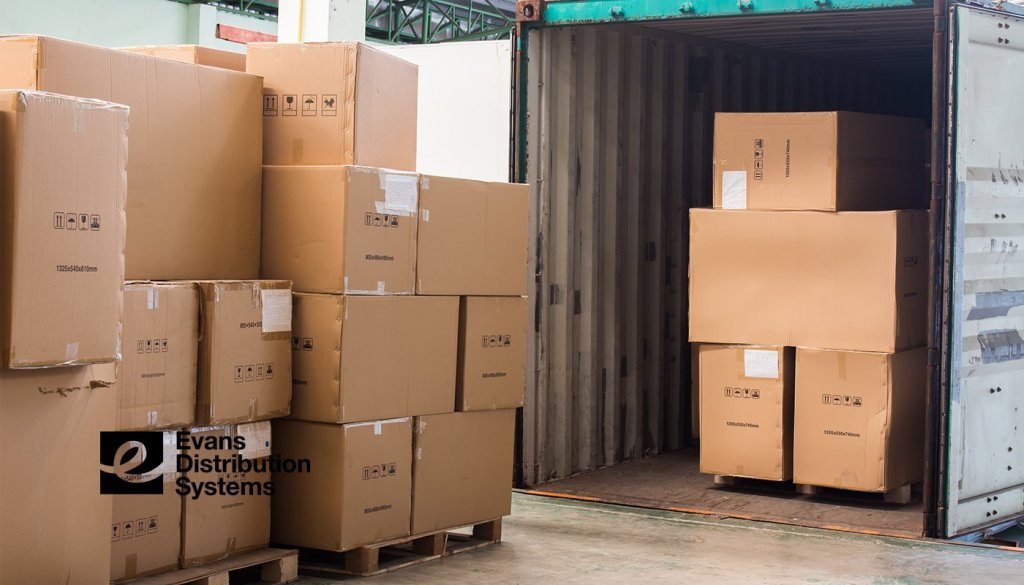Transloading and crossdocking improve supply chain efficiency by transferring products to a new vehicle. Both services offer advantages depending on the project requirements and may reduce overall costs. This article explains the differences between the two services to identify which service will best suit your needs.
What are Crossdocking Services?
The process of crossdocking is unloading the goods from an inbound vehicle, transferring them to a distribution dock, and loading them into an outbound vehicle. This process can reduce or eliminate storage time. A crossdocking warehouse has designated zones for temporary storage. For loads that need to be repacked or rerouted, crossdocking saves shippers time and money on storage fees. This method is often used to consolidate loads from multiple trucks to one. Crossdocking does not require long-term storage, and the quick turnaround is great for businesses operating on a deadline.
Drayage is a typical service in transportation that can benefit from crossdocking. Containers are moved from a rail yard or port to another location where it is unloaded. The empty container returns to the initial pick-up point, also known as a dray. Containers should be unloaded quickly and returned to the original point so not to incur detention charges.

What are Transloading Services?
Transloading services transfer product from one form of transportation to another. This sometimes takes multiple steps because international cargo will still need to be moved from the port to the transload facility. Usually, transload facilities are close to ports. The inbound freight is unloaded and repalletized for shipping. The products being transloaded are then stored until they are needed. Typically, transloaded goods utilize intermodal transportation, where products are shipped by more than one mode such as sea, rail and truck.
What is the difference between Transloading and Crossdocking?
The difference between transloading and crossdocking is that transloading begins with container cargo. International shipments coming into the U.S. are transloaded to another shipping method. When cargo arrives at the port via ocean liner, it’s transloaded to a rail, air, or trucking shipment. However, it does not have to be an international shipment.
Crossdocking has a much faster turnaround since the product is often already palletized. Transloading frequently requires the product to be palletized from the container. Both transloading and crossdocking require effective communication to organize shipments, especially when products are shipped out the same day.
Which option is best for me?
There are advantages to both crossdocking and transloading. Crossdocking allows you to keep less inventory on-hand and reduces shipping costs by bundling smaller shipments into full truckload shipments. Transloading allows businesses to store the products and only ship the products as they are needed.
To determine which service suits your needs, ask yourself the following:
- Does my product have a high turnover that requires faster shipping?
- What mode of transportation must be used?
- Where is my product being shipped to?
The answer to these questions should provide more insight on what’s best for your business.
Evans Distribution Systems is equipped to provide both transloading and crossdocking services. For more information, please contact us.
